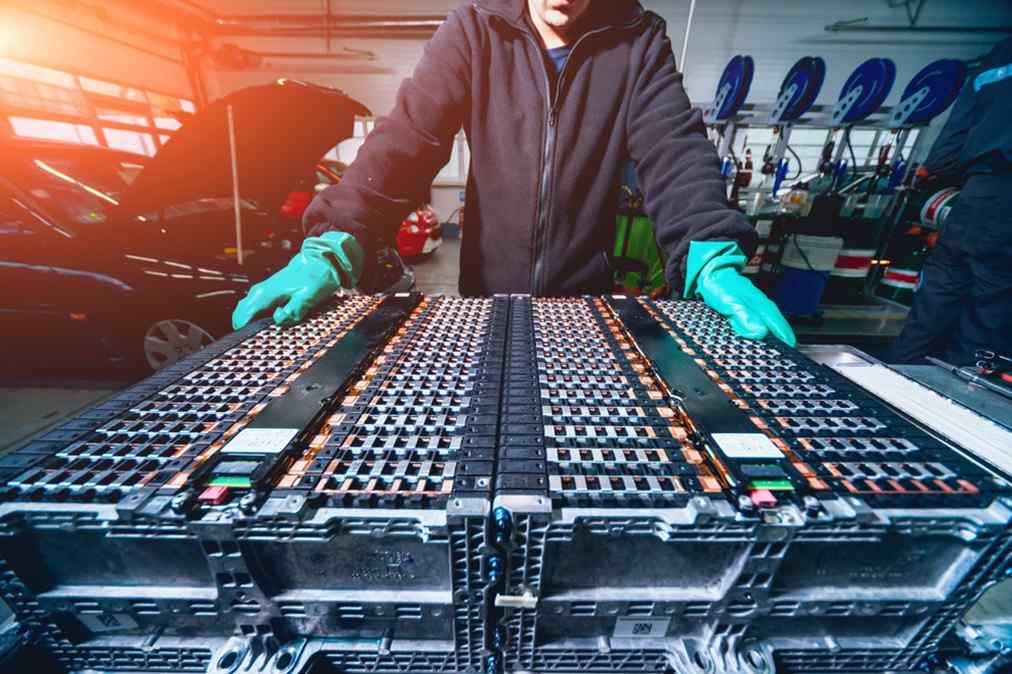Isolated DC-DC converters (which are also known as linear converter or switching regulator) are required in a broad range of applications for power supplies. These are basically used in industrial sectors. These converters often are used to provide less noise function, improve safety and isolation. Moreover, these can be used to generate multiple outpour voltage in the rail industry.
It has the feature of output voltage regulation and isolation feature that has three categories. One is regulated, the second one id unregulated and the last one is semi-regulated. This blog will discuss these three regulating features of the linear converter. All these are examined in detail. This blog will provide you with a guideline for choosing an appropriate solution for a specific application need.
- Regulated voltage converter:
The regulated voltage converter is typically used as a transformer to electricity from output to input source of the power stage. If your power supply suddenly gets disrupted, you can control the variable voltages with high voltage railway DC-DC converters. It can control the temperature and keep it stable. It mainly depends on the output voltage.
- Unregulated voltage converter:
Unregulated voltage converters also are known are widely used in applications that don’t require output voltage. This converter delivers the desired output voltage. This is low cost and you will get its different size.
- Semi-regulated converter:
A semi-regulated converter essentially operates the output voltage regulation that is continuously activated during power supply. Due to low cost and simplicity in design, these semi-regulated converters are commonly used to provide isolation. This converter provides low noise to the power supply.
The railway systems are requiring multiple rail voltages linear converters which are often used in single output power supply. Apart from a single output, it also used double and multiple outputs in power supply. You can employ this high-quality industrial DC-DC converter to reduce wiring complexities and improve the regulations that save cost. (Study how a keyword has been placed. Try to follow these patterns to avoid mistakes)
- Know some basic features and functions of the voltage converter:
Australian power products companies are manufactured the new series of the converter which comes in quarter brick packages with an ultra-wide input voltage range. These quarter-brick power supplying railway DC-DC converters are designed for high voltage applications and railway applications. It offers basic regulation and isolation. It has a high efficiency over the entire input voltage ranges and it has an operating temperature range from -40 degrees centigrade to 85 degrees centigrade.
The heat sink of the converter allows providing full load up to +90 degree centigrade respectively. The converter is fitted in vibration and high shock environments. All the new series are certified come with a warranty.
There are a number of design criteria that you must consider when you are selecting the appropriate converter for your application. Aside from the general features and functions of converting DC input voltage to another DC output voltage, you must understand the level of isolation that is required in the design of the converter.
Bottom Line:
When you select the converter you need to require checking the protections, regulation, isolation, power conversion, inputs, outputs and packaging. Because of its wide variety of options, the manufacturer company tries to meet most customers’ needs. The regulated linear converters are available in a range of single, dual and multiple voltage configurations with isolation voltages.

Comments
Post a Comment